Meet the former pro behind a heading training aid that aims to tackle football's growing dementia problem
Dementia in football: Only this week the FA announced a study into football’s possible link with dementia - something Headrite Sports could help tackle with an innovative training apparatus
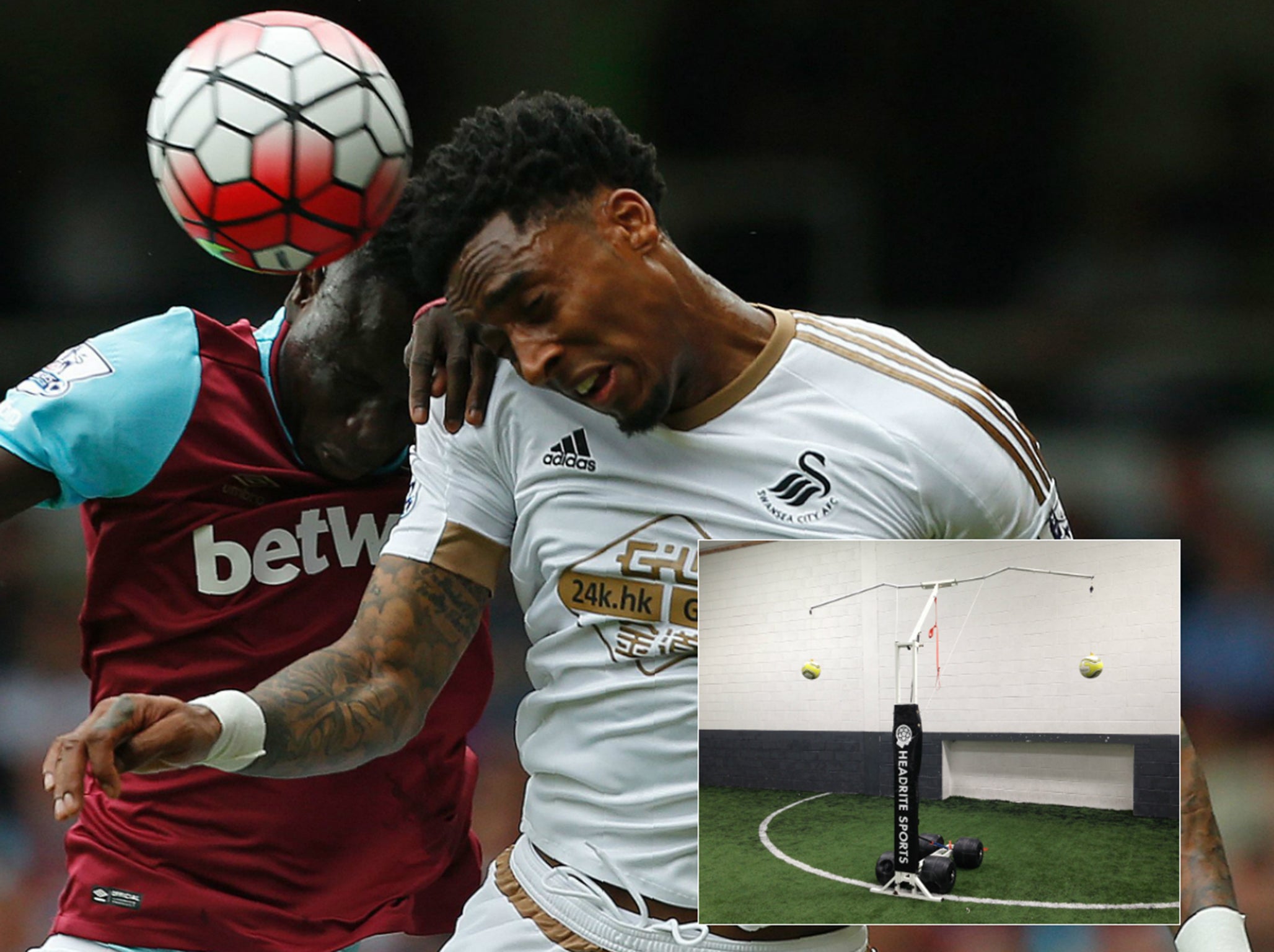
Your support helps us to tell the story
From reproductive rights to climate change to Big Tech, The Independent is on the ground when the story is developing. Whether it's investigating the financials of Elon Musk's pro-Trump PAC or producing our latest documentary, 'The A Word', which shines a light on the American women fighting for reproductive rights, we know how important it is to parse out the facts from the messaging.
At such a critical moment in US history, we need reporters on the ground. Your donation allows us to keep sending journalists to speak to both sides of the story.
The Independent is trusted by Americans across the entire political spectrum. And unlike many other quality news outlets, we choose not to lock Americans out of our reporting and analysis with paywalls. We believe quality journalism should be available to everyone, paid for by those who can afford it.
Your support makes all the difference.It is one of football’s great visceral rushes, the sight - and sensation - of a player leaping to power a header into the net. And yet it could yet also lead to one of the game’s greatest ever changes.
The announcement on Thursday that the FA and PFA have instigated a study into football’s possible link with dementia has only increased the questions about heading in football, and it may well end up as the next biggest problem the sport has to face up to and confront.
Alan Shearer’s realisation and concern was one of the most striking aspects of the recent ‘Dementia, Football and Me’ documentary, and comes so soon after former Irish international Kevin Doyle announced his retirement citing medical advice on concussion. Depending on what further studies find and how the issue progresses, we may well see a situation where the entire rules around heading are altered.
In a worst-case scenario, it is far from impossible to imagine a future where in 30 years’ time heading is not just banned from the sport but people involved are amazed how it was ever medically allowed for so long.
Given that 22% of Premier League goals come from headers, and it would even alter the dynamic of how the ball is played and the value of a corner, any change around this could really transform the game.
Mark Herrick is a former Irish footballer who was famed for the heading ability he loved, and he is working to prevent that eventual scenario. But, crucially, through an innovation and technology that gets on top of this issue and integrates all the proper medical and academic research. The former Cork City and Raith Rovers midfielder founded Headrite Sports and developed a training aid to be launched on Saturday that remarkably represents the very first initiative to actually tackle this growing problem, and could well offer a landmark “preventative solution” in itself.
The idea is simple, but the science and methodology around it complex, with potentially manifold benefits. Having spent his youth honing his heading by suspending a ball from a rope, Herrick realised how valuable this could be - and how much of it could be controlled to the benefit of the skill of players and their health.
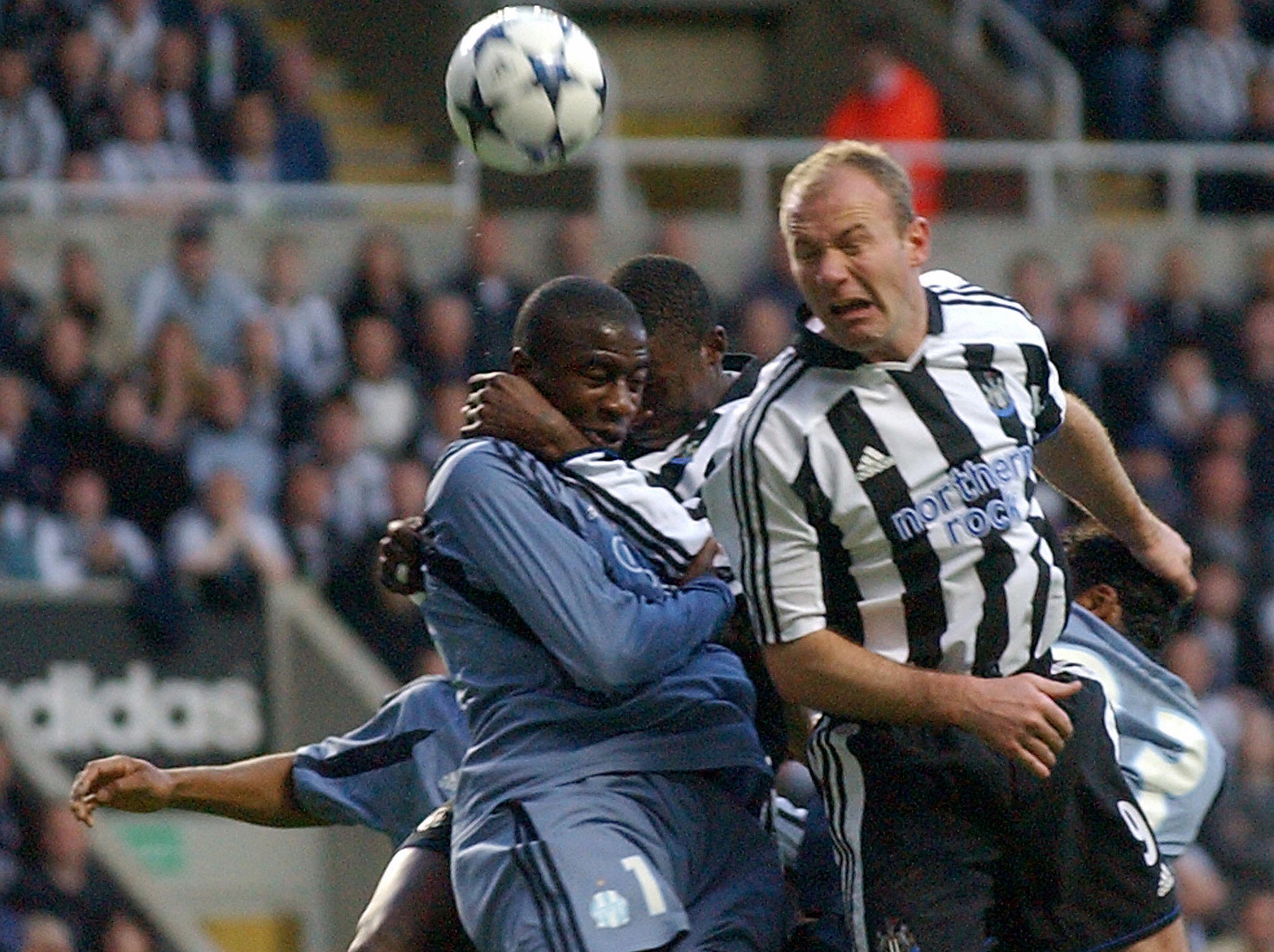
He and co-founder Liam Frawley consulted with the relevant literature to construct a sophisticated but affordable version of this, that also uses an adjustable suspended ball - foam for children - and the next generation will incorporate wearable technology to monitor performance.
It may be particularly crucial for children - already banned from heading balls in the USA up to under-11 matches - and will by definition greatly minimise the amount of medium- to high-impact headers players just hit over a life-time. Quite simply, they will be able to train without the physical concerns.
“It wasn’t that long ago that in cycling or ice hockey you didn’t have to wear helmets,” Herrick tells The Independent. “I don’t know where this is going but our contention is that federations, governing bodies, clubs are all going to need a policy on heading.
“If you go into any labour-intensive environment, you do lifting and handling courses. Yet we’re sending underage players out, challenging with others, having never practiced heading properly.
“It’s important there’s a certain amount of competency with this skill, because you’re going challenging with others. Certainly, they could do with some practice, to be competent and protect yourself and others.
“This is also an era where we believe that kids do not practice in the park as they did, and with that we’re saying the only exposure kids get to heading - or don’t get - is through their club. The clubs are now totally responsible for bringing the players up to speed with a skill that’s important.”
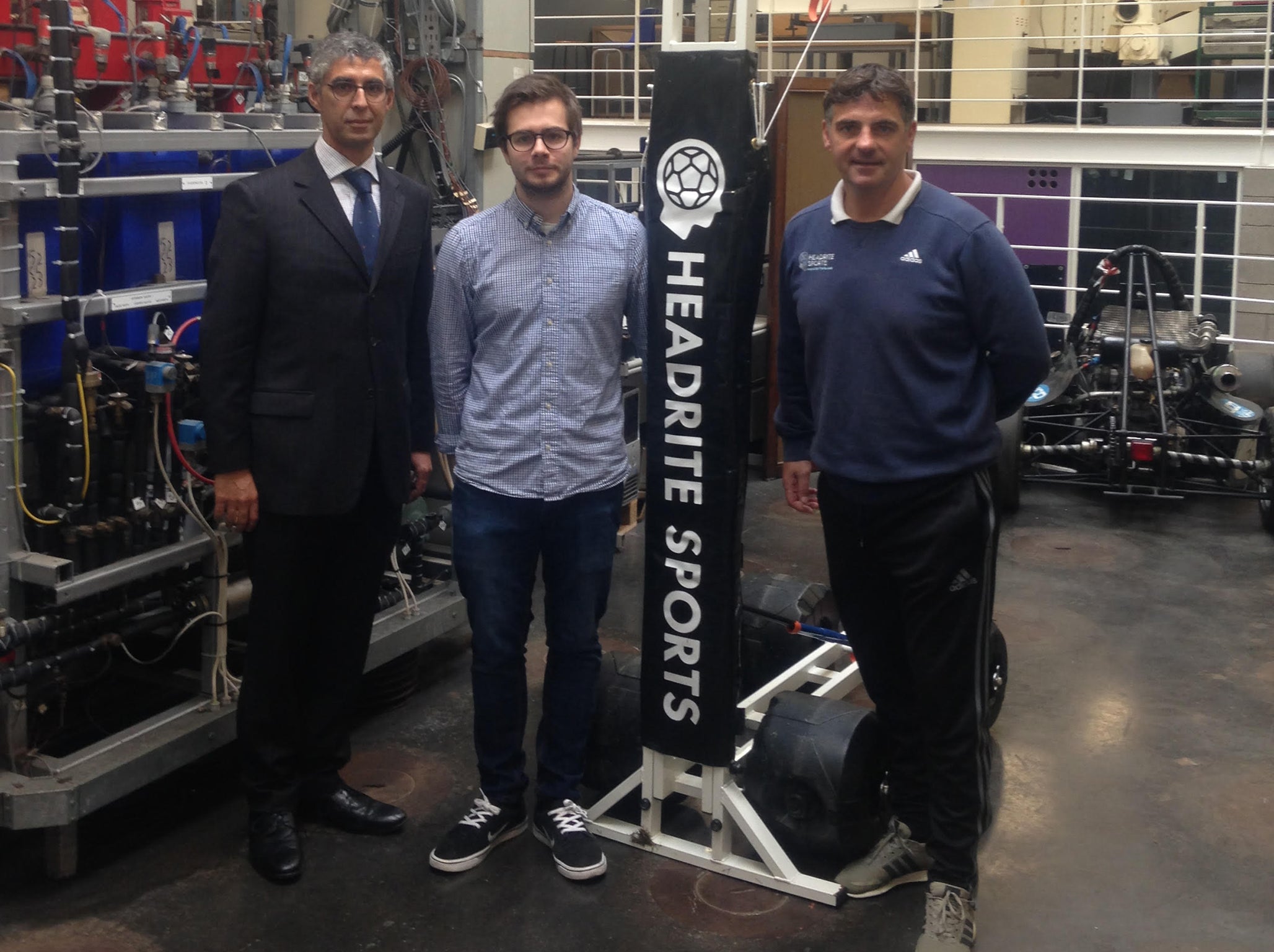
This is what the Headrite training aid allows, without any of the greater concerns.
“It was born out of something I’d used in my back garden. I knew my timing had improved from this type of practice. What we’ve done is taken an age-old training method and added sophistication and technology of it. Because you don’t need a heavier ball, we’re making players more competent with timing and head co-ordination."
As well as the extra sophistication of the aid, and how it can be easily adjustable for all ages, they have also developed specific training drills for the technology.
“With our own club in Oranmore in Galway, we did this work over an eight-week period where we started testing all players between 10 and 18 years of age, with meeting the ball at a high point, measuring vertical jump, how they jumped using our training aid, how the jump improved, how the timing improved and with that to show this was a skill that deserved more attention with the way it’s been practiced.
“So, right now, we’re allowing underage players to make those [football] mistakes with our system, to learn the technique, to learn about jumping and heading, which is quite different to just heading and with that their timing improved and they’re allowed to get more proficient with their skill in.
“With our training aid, we can control the height of the ball, more or less the speed of the ball and certainly the weight of the ball and prove competency helps proficiency.”
Herrick and Headrite were also well aware that everything about this had to be as scientifically sustainable as possible.
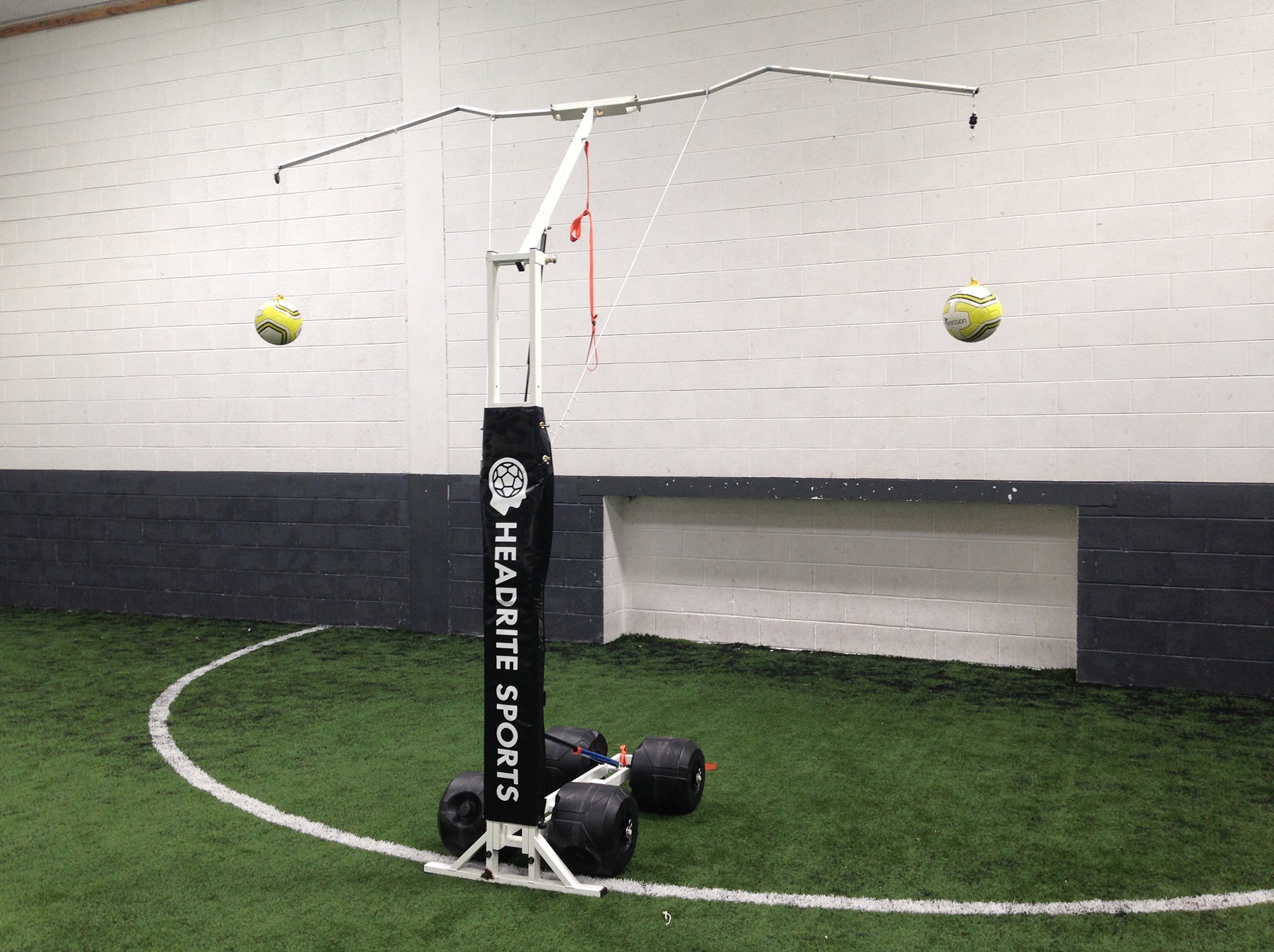
“We knew, when we were bringing out this product, we would get eaten alive if we didn’t do some scientific work behind it, a safer way to practice it. So we’ve immersed ourselves in studies, and are up to date with the latest literature on impacts on the head, whether it be CTE [Chronic traumatic encephalopathy] or other injuries related to sub-concussive blows.”
Herrick and the team have spoken with Stirling University, who featured in Shearer’s documentary, and worked extensively studying impacts with UCD, who have now committed a Masters student to working with Headrite for further research.
He of course accepts this is far from the only solution. There may be a lot to come into the game, and a lot around heading that needs to be looked at. This is however a first step, that begins to address key issues.
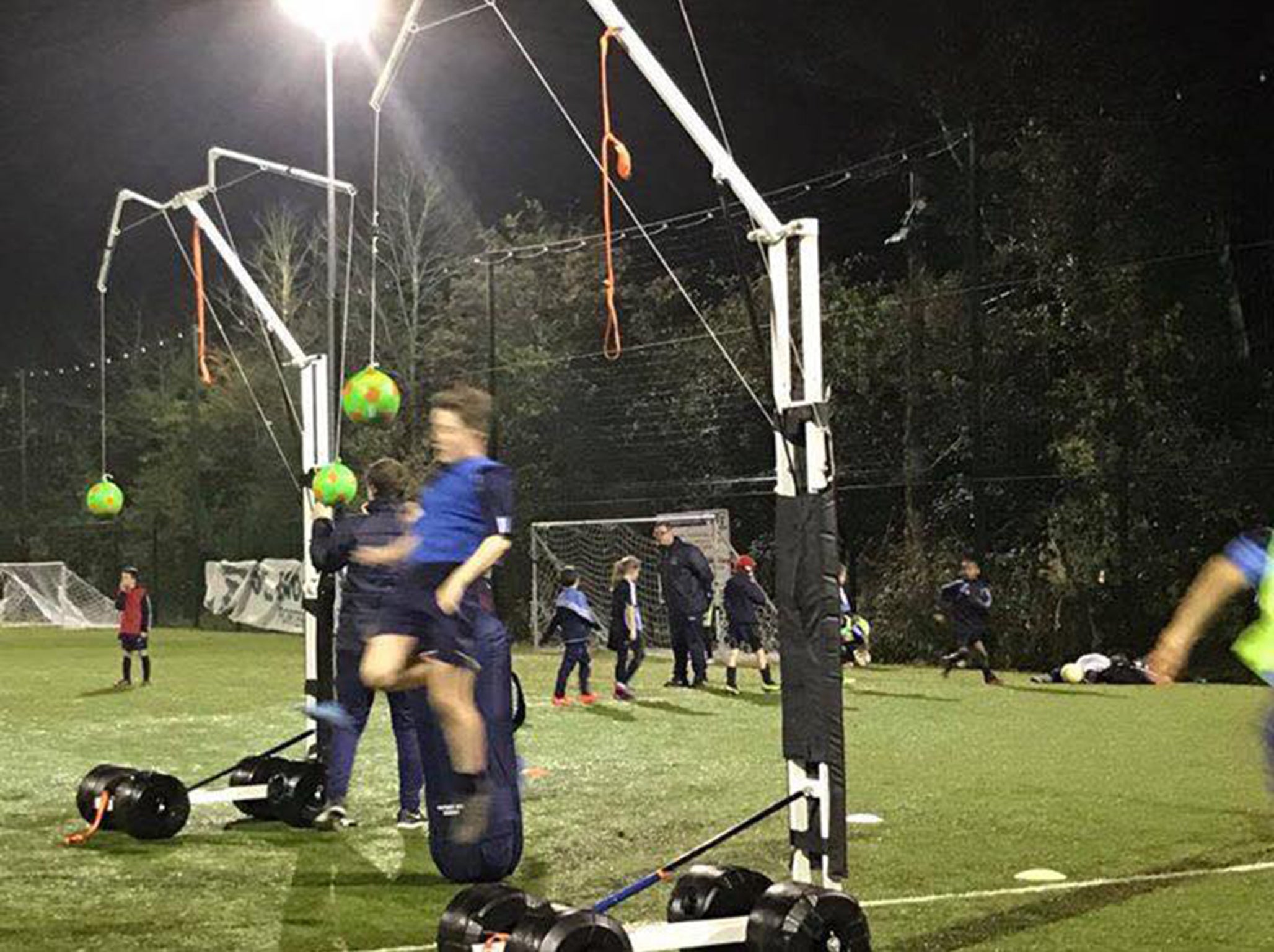
“That’s one thing we’re conscious of and trying to address arguing if we keep this skill, we can mitigate against some of this," Herrick says. "It’s an interesting place to be because we think we’re appealing to all the stakeholders but I’m sure we’ll have opponents.”
They may also have many supporters. It was telling that when Herrick first put a link to the technology on LinkedIn, he had a number of notifications of users looking at it from Uefa and Switzerland.
This may well be the start of something, and potentially be key in any discussion about the end of heading as we know it.
More information can be found at www.headritesports.com
Join our commenting forum
Join thought-provoking conversations, follow other Independent readers and see their replies
Comments